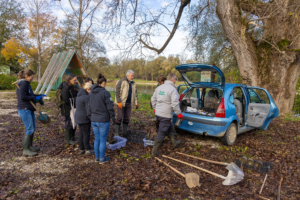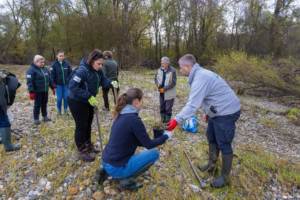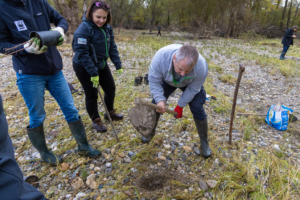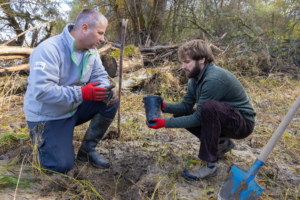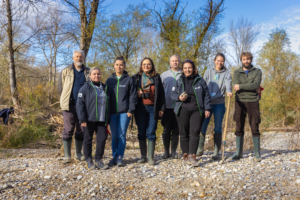In the area of the municipality of Hlebine, near the settlement of Gabajeva Greda, an initial channel of the Drava River has been opened, and other works in Koprivnica-Križevci County, carried out as part of the project “DRAVA LIFE – Integrated River Management,” have been presented to the public.
“We are pleased to show you the newly formed river arm on the right bank of the Drava after intensive work that began earlier this year,” said Ana Šelimber, Deputy Director of the Water Management Department for the Mura and Upper Drava from Hrvatske vode, explaining how the restoration and opening of new river arms like this one will contribute to local water level reduction during major floods and positively impact groundwater reserves.
Ratimir Ljubić, Deputy County Prefect of Koprivnica-Križevci County, recalled the critical flood situation in August last year. He emphasized that besides relieving the watercourse, this river arm will bring additional value to the Drava River while ensuring the preservation of biodiversity of flora and fauna, thus adding extra value. The mayor of the Municipality of Gola, Stjepan Milinković added that the Drava River is the lifeline of this area.
-
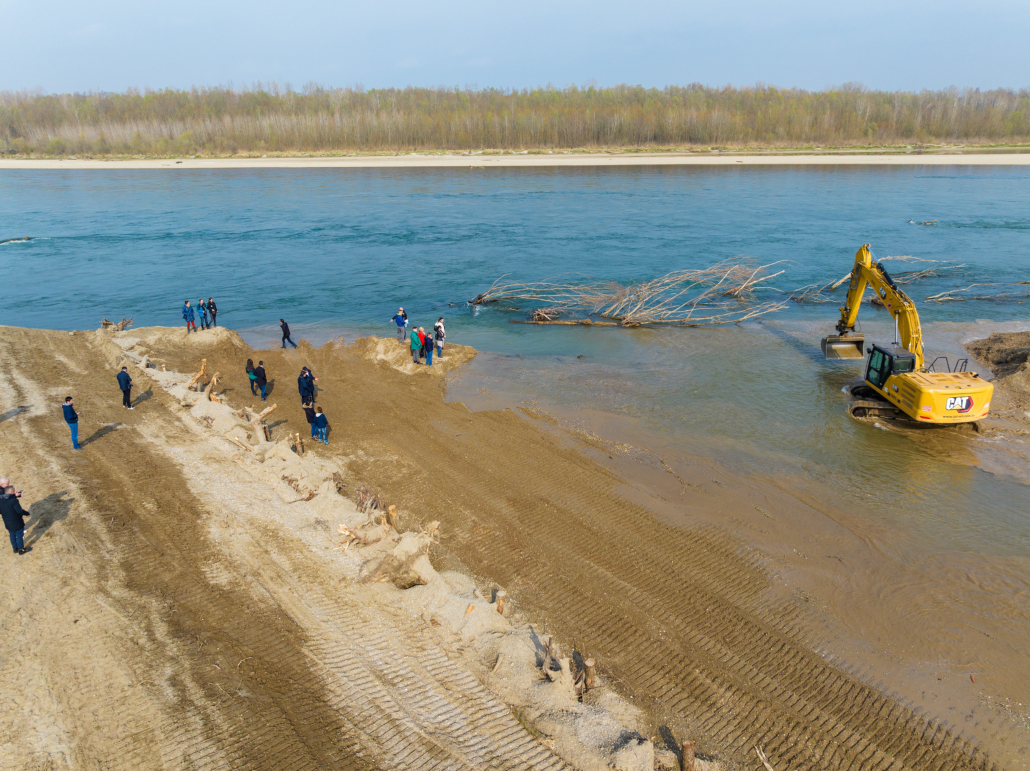
-
Gabajeva Greda, fotograf Goran Šafarek
-
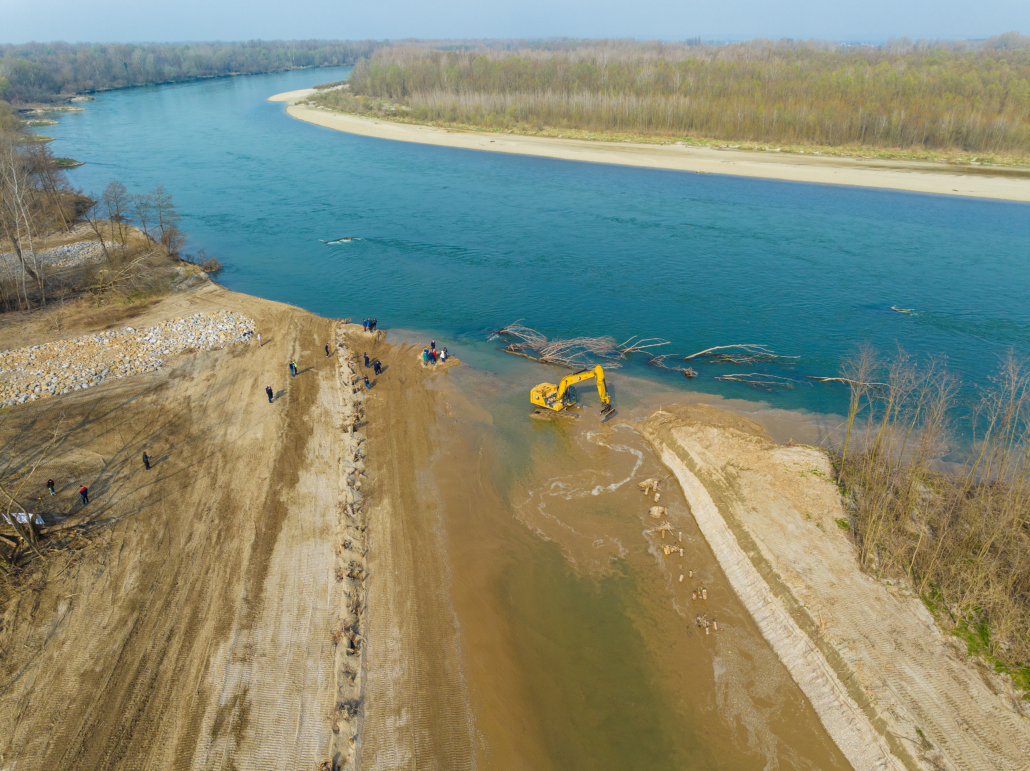
-
Gabajeva Greda, fotograf Goran Šafarek
-
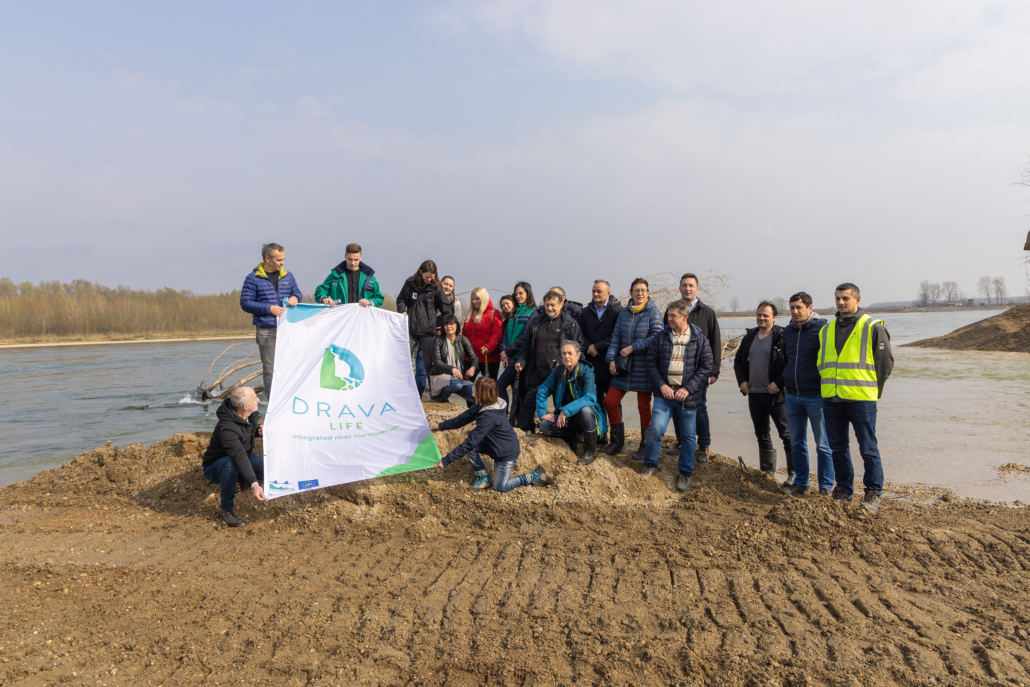
-
Gabajeva Greda, fotograf Goran Šafarek
-
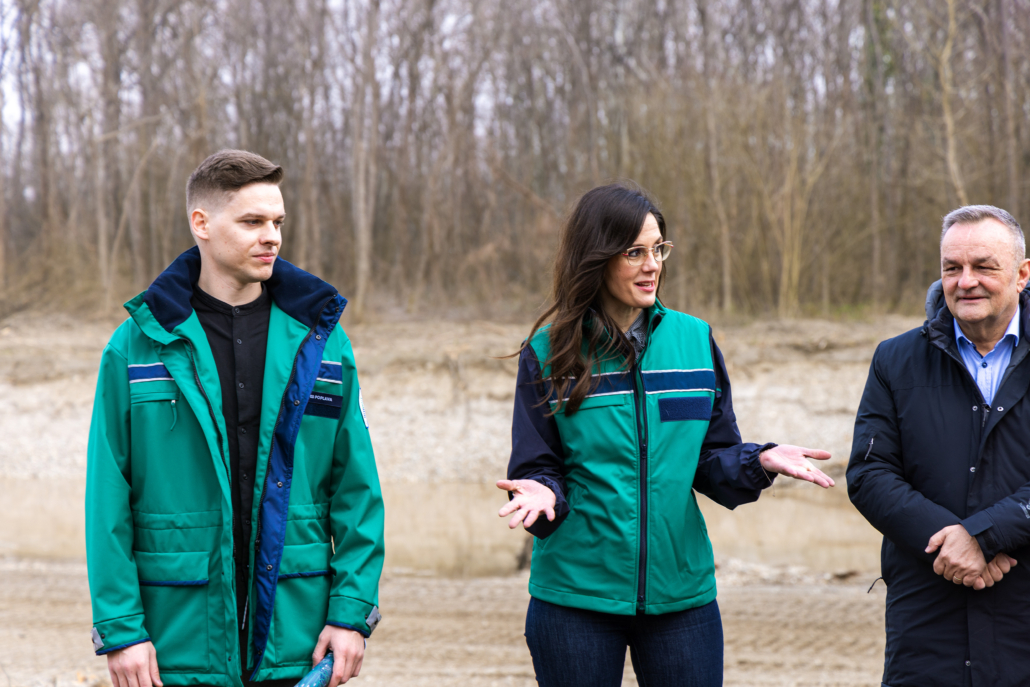
-
Igor Tošić, Ana Šelimber, Ratimir Ljubić
Project leader Igor Tošić (Hrvatske vode) explained, “We are currently at the initial right arm in Gabajeva Greda, which will, after the works, have a total length of 1,196 meters and a channel width of up to 27 meters. After several passes of water waves, this initial arm will assume a more natural, balanced position. Currently, the works on the left bank near the settlement of Novačka are in the final phase, where excavation of approximately 100 meters will open the entrance of the existing arm, which is currently non-flowing, and has a length of around 1,200 meters. In addition to these locations, works are currently underway in the municipalities of Donja Dubrava, Legrad, and Ferdinandovac in Koprivnica-Križevci County for the restoration of Drava river arms. Upon completion of the works, all river arms will be flowing for most of the hydrological year.”
In addition to restoring the Drava River ecosystem, the project promotes nature conservation in local communities and increases awareness of the importance of its preservation.
“In collaboration with public nature protection institutions from Koprivnica-Križevci, Varaždin, and Virovitica-Podravina counties, by organizing various events, exhibitions, setting up educational infrastructure such as educational centers and trails with informational boards along the Drava River, we aim to connect the local population with the project and enhance awareness of the importance of natural and preserved rivers for humans and the living beings that depend on them, and to improve their knowledge of the Natura 2000 network, especially regarding protected river birds,” emphasized Jasmin Sadiković, project coordinator from the Association for Nature and Environment Protection Green Osijek.
The area of the DRAVA LIFE project is part of the first World Five-Country UNESCO Biosphere Reserve Mura-Drava-Danube, known as the “European Amazon”, which is located in Austria, Slovenia, Croatia, Hungary, and Serbia.
“I am happy that today we can witness the creation of a completely new arm of the Drava River and that intensive work is being done at other locations,” said Arno Mohl from WWF Austria. “Efforts to restore Novačka are the best example of integrated river management in cooperation between the water management and nature protection sectors. Instead of reinforcing embankments, more space for river flow is provided, which will help not only in flood protection but also increase river dynamics and enable the development of new sandy and gravel islands, which are the most important river habitats for endangered birds like the little tern or almost extinct plant German Tamarisk.
“River restoration projects as DRAVA LIFE are an important steps in implementing the Nature Restoration Law adopted by the European Parliament earlier this week, which requires member states like Croatia to restore all degraded ecosystems. Its implementation will reverse the damage inflicted on ecosystems in Europe. Untouched rivers, forests, and other ecosystems are our most important allies in combating the climate and biodiversity crises. Restoration within the Drava LIFE project is the first of its kind in Croatia, in collaboration between the water management and nature protection sectors, which has proven successful, so we expect even more ambitious initiatives in the future,” concluded Mohl.



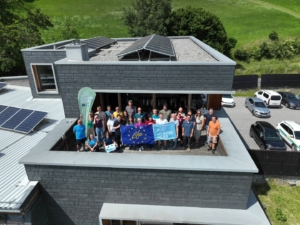
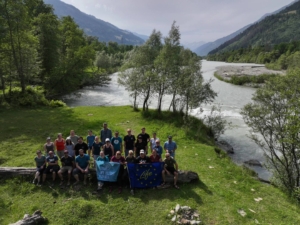
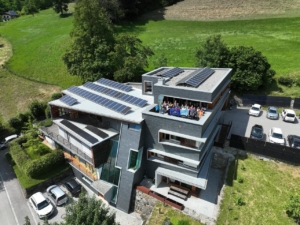
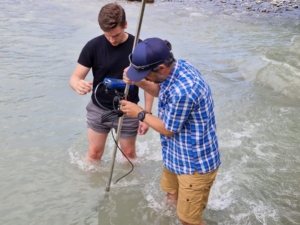
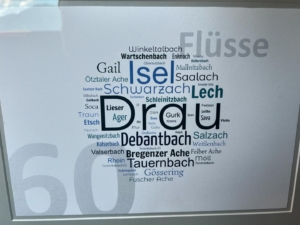
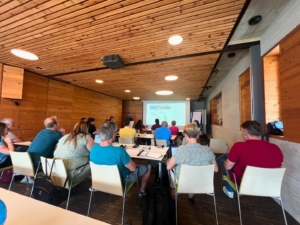













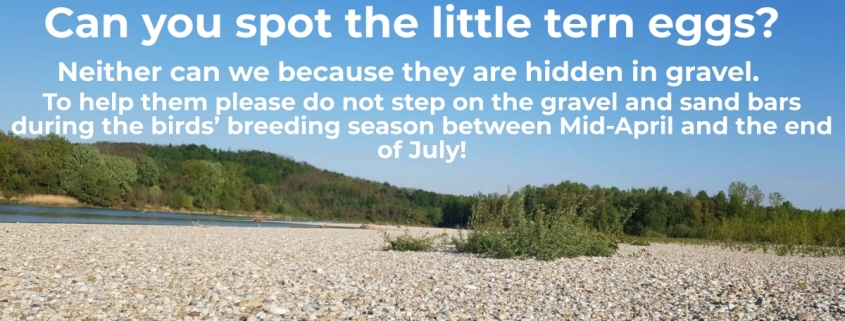


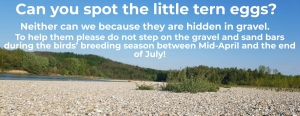
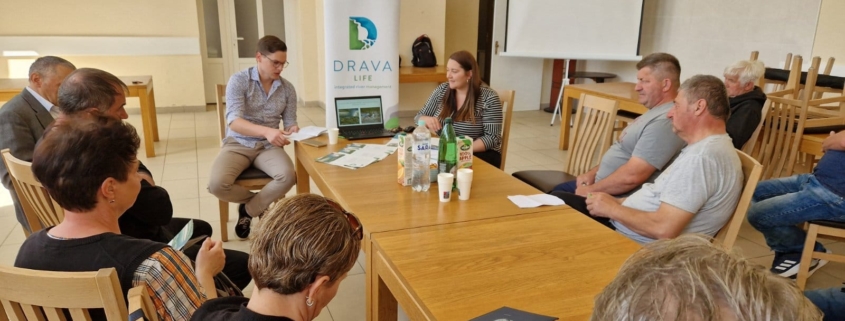
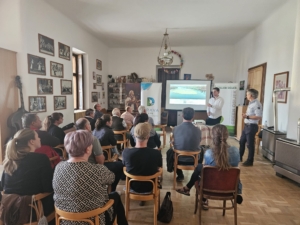
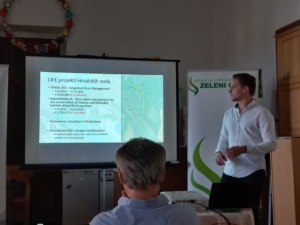
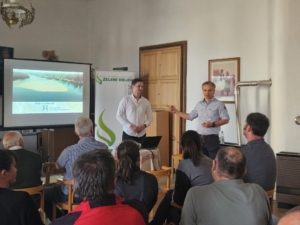
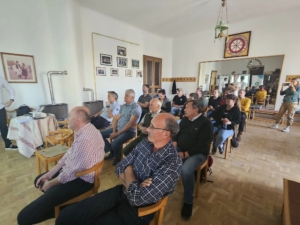
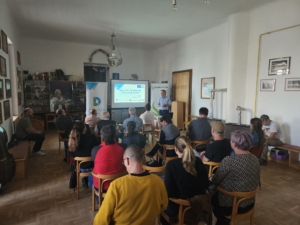
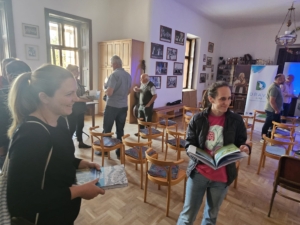
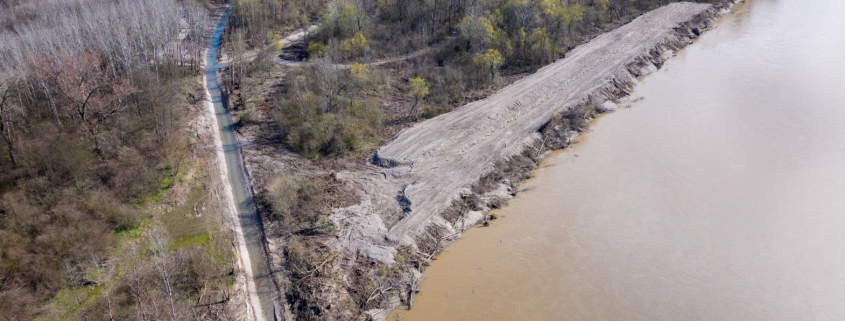
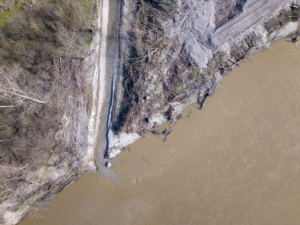
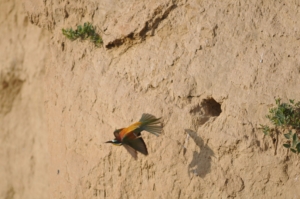
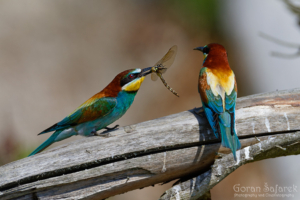
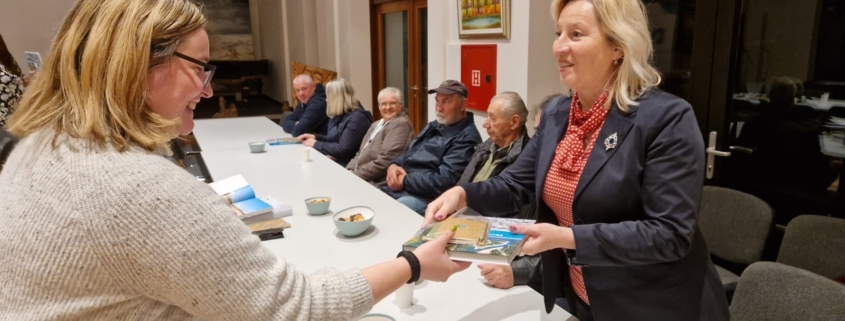
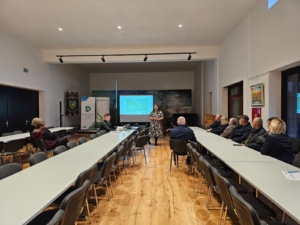
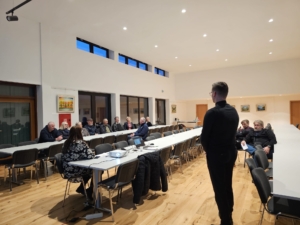
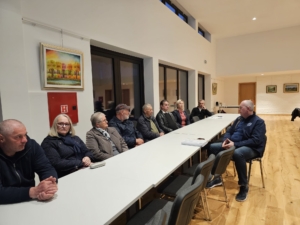
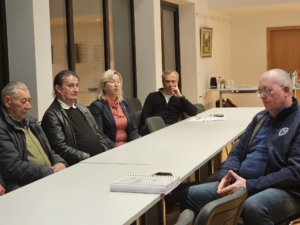
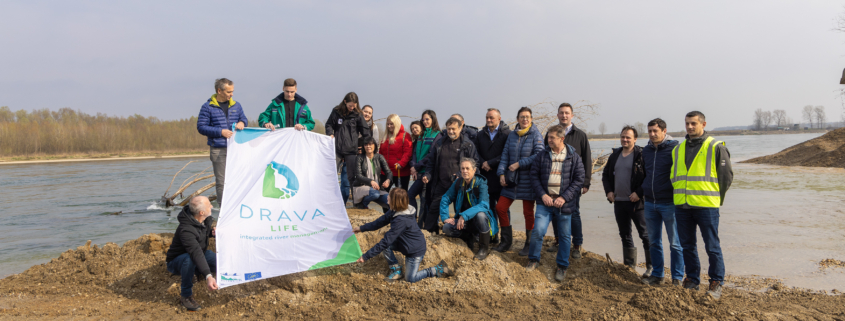




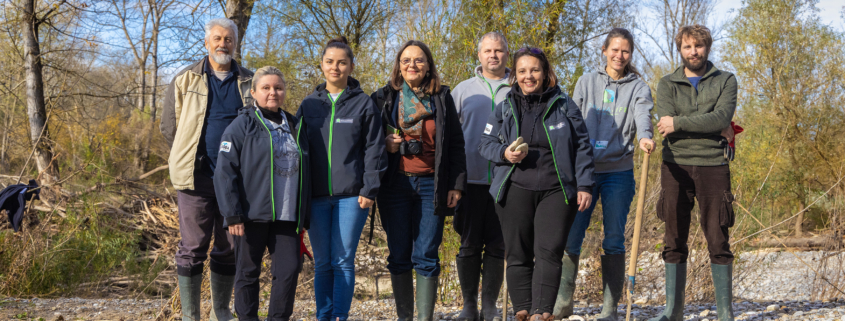 DRAVA LIFE
DRAVA LIFE